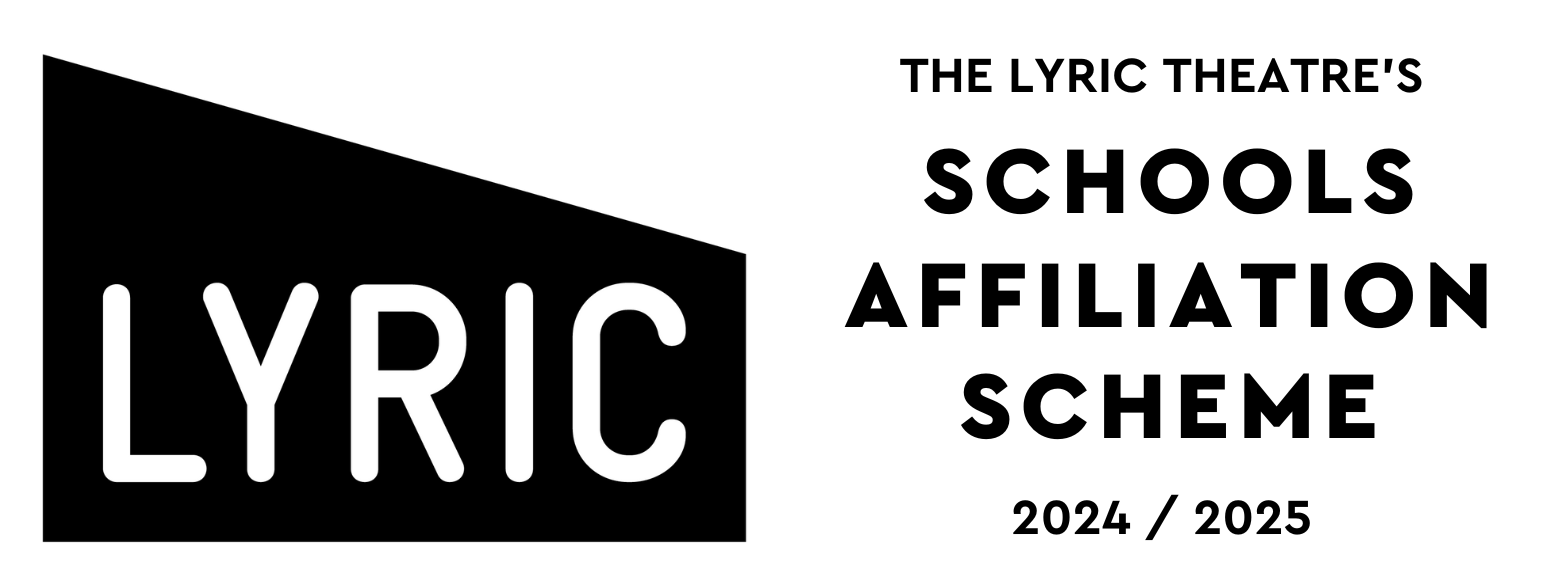Physics
SPECIFIC AIMS OF THE DEPARTMENT
The Physics Department aims to:
-
develop pupils’ interest in and enthusiasm for Physics, including developing an interest in further study of and careers in the subject;
-
help pupils appreciate how society makes decisions about scientific issues and how the sciences contribute to the success of the economy and society;
-
help pupils to develop and demonstrate a deep appreciation of the skills, knowledge and understanding of how science works; and
-
provide opportunities for pupils to plan and carry out a range of investigations, considering and evaluating critically their own data and that obtained from other sources, using ICT where appropriate.
OVERVIEW OF KEY STAGE 3 CURRICULUM
At Key Stage 3, Physics is taught as part of a general Science programme. Please click here to access the Science Subject Area section of this website for Key Stage 3 information.
OVERVIEW OF KEY STAGE 4 CURRICULUM
At Key Stage 4, the Physics Department offers Double Award Physics at GCSE Level. Pupils follow the CCEA specification. Physics is delivered over four lessons per fortnight.
Unit 1: Motion, Force, Moments, Energy, Density, Kinetic Theory, Radioactivity, Nuclear Fission and Fusion (11% of DA Science)
In this unit, students investigate motion, including its graphical treatment, forces and applications such as moments and pressure. Students explore energy, power and heat transfer, along with density and kinetic theory to explain density. They investigate atomic and nuclear physics, including radioactivity, fission and fusion.
This unit is assessed in the form of an external written examination.
Students answer compulsory structured questions that include short responses, extended writing and calculations.
There are two tiers of entry. Foundation and Higher Tiers
Pupils will have 1 hour to complete the assessment for this unit.
Assessment of this unit will take place at the end of Year 11.
Pupils’ work in this unit will be externally assessed.
Unit 2 : Waves, Light, Electricity, Magnetism, Electromagnetism and Space Physics (14% of DA Science)
In this unit, students explore waves and reflection and refraction of light, including lenses. They investigate current and domestic electricity, which is then extended to magnetism and electromagnetism. Students investigate the Earth, the Solar System and the Universe and also the life cycle of stars. At the end of this unit, students learn about the Big Bang and evidence for this theory.
This unit is assessed in the form of a written examination.
Students answer compulsory structured questions that include short responses, extended writing and calculations.
There are two tiers of entry. Foundation and Higher Tiers
Pupils will have 1 hour 15 mins to complete the assessment for this unit.
Assessment of this unit will take place at the end of Year 12.
Pupils’ work in this unit will be externally assessed.
Unit 3: Practical Skills Unit (25%)
Units 1 and 2 in each discipline (Biology, Chemistry, Physics) include a number of practical tasks that students carry out during the course; 18 of these are prescribed practicals. This unit comprises Unit 7 Biology, Unit 7 Chemistry and Unit 7 Physics. Each of these has two parts: Booklet A and Booklet B. CCEA set and mark both booklets.
Booklet A (7.5%) is a practical skills assessment. It assesses students’ ability to carry out three practical tasks based on but not identical to the 18 prescribed practicals listed in the specification.
There are two tiers of entry. Foundation and Higher Tiers
Pupils will have 1 hour to complete each practical task.
They will be carried out between 1st January and 1st May of Year 12
Booklet B (17.5%) is a written, externally assessed examination taken during the final year of study. It assesses students’ knowledge and understanding of practical science. It consists of questions about planning and carrying out any of the prescribed practical tasks, together with more general questions about any practical situation that arises in Units B1, B2, C1, C2, P1 and P2 in this specification.
There are two tiers of entry. Foundation and Higher Tiers
Total time: 1 hour 30 mins (Biology 30 mins, Chemistry 30 mins and Physics 30 mins)
Assessment of this unit will take place at the end of Year 12.
OVERVIEW OF KEY STAGE 5 CURRICULUM
At Key Stage 5, the Physics Department offers Physics at AS and A2 Level. Students follow the CCEA specification. At AS Level and A2 Level, Physics is delivered over eleven periods per fortnight.
At AS Level, students must successfully complete three modules. A further three modules must be successfully completed at A2 Level.
AS PHYSICS
Unit AS1: Forces, Energy and Electricity (40% of AS Level, 16% of A-Level)
This unit teaches students to deal with physical quantities and scalars and vectors which are required in all branches of the subject. Students will build on their knowledge and understanding of Newtonian mechanics and electricity to explain many economic and social applications of physics.
This unit is assessed in the form of a written examination.
Students complete a written examination consisting of compulsory short answer questions and some that require extended writing.
Students will have 1 hour and 45 minutes to complete the assessment for this unit.
Assessment of this unit will take place at the end of Year 13. Students’ work in this unit will be externally assessed.
Unit AS2: Waves, Photons and Astronomy (40% of AS Level, 16% of A-Level)
The ideas about waves in this topic provide vital links to the study of light and sound. The section on photons introduces the quantum theory and the concept of wave-particle duality.
This unit is assessed in the form of a written examination. Students complete a written examination consisting of compulsory short answer questions and some that require extended writing.
Students will have 1 hour and 45 minutes to complete the assessment for this unit.
Assessment of this unit will take place at the end of Year 13.
Pupils' work in this unit will be externally assessed.
Unit AS3: Practical Techniques and Data Analysis (20% of AS Level, 8% of A-Level)
In this unit, students will acquire essential practical techniques, including implementing, analysis, evaluation, design and communication. Note that the learning outcomes in this section relate to practical techniques and skills rather than to details of content topics, as in the rest of this specification.
In practical classes, students will consider the health and safety aspects of their work. This includes, but is not limited to, the procedures, techniques, apparatus and materials employed in every activity.
This unit is assessed in the form of a practical skills assessment and a written examination both set and marked by CCEA.
Students complete an externally assessed test of practical skills consisting of short tasks, and a separate paper requiring the analysis of experimental results.
Pupils will have 1 hour to complete the practical assessment for this unit and 1 hour to complete the experimental analysis paper.
Assessment of this unit will take place at the end of Year 13.
Pupils work in this unit will externally assessed.
A2 PHYSICS
Unit A2 1: Deformation of Solids, Thermal Physics, Circular Motion, Oscillations and Atomic and Nuclear Physics (24% of A Level)
This unit’s content on circular motion and oscillations extends the mechanics foundation included in Unit AS 1. Thermal physics connects the properties of gases to the basic principles of kinetic theory. The section on atomic and nuclear physics has important social and economic applications and leads to an introduction to particle physics.
This unit is assessed in the form of a written examination consisting of compulsory short answer questions and some that require extended writing. The questions have elements of synoptic assessment, drawing together different strands of the specification.
Pupils will have 2 hours to complete the assessment for this unit.
Assessment of this unit will take place at the end of Year 14.
Pupils’ work in this unit will be externally assessed.
Unit A2 2: Fields, Capacitors and Particle Physics (24% of A Level)
Field is a fundamental area of physics that has numerous applications in everyday life. Students learn about action-at-a-distance forces that arise between bodies that are separated from one another.
This unit is assessed in the form of a written examination consisting of compulsory short answer questions and some that require extended writing. The questions have elements of synoptic assessment, drawing together different strands of the specification.
Pupils will have 2 hours to complete the assessment for this unit.
Assessment of this unit will take place at the end of Year 14.
Pupils’ work in this unit will be externally assessed.
Unit A23: Practical Techniques and Data Analysis (12% of A-Level)
In this unit, students build on the essential practical techniques, including implementing, analysis, evaluation, design and communication. Note that the learning outcomes in this section relate to practical techniques and skills rather than to details of content topics, as in the rest of this specification.
In practical classes, students will consider the health and safety aspects of their work. This includes, but is not limited to, the procedures, techniques, apparatus and materials employed in every activity.
Students take an externally assessed test of practical skills, consisting of two experimental tests, and a separate paper requiring the analysis of experimental results.
Pupils will have 1 hour to complete the experimental tests and 1 hour to complete the paper requiring the analysis of experimental results.
Assessment of this unit will take place at the end of Year 14.
Pupils’ work in this unit will be externally assessed.
ADDITIONAL SUBJECT INFORMATION
EXTRA- CURRICULAR PROVISION
The Physics Department contributes extensively to the school’s extra-curricular provision. Extra-curricular activities include:
-
Science Club
-
Physics Challenge
-
Physics Olympiad
FACILITIES AND RESOURCES
We have 3 Physics Labs and sufficient practical equipment to carry out all necessary practical work at all levels to enhance the pupils’ experiences of Physics. We view practical work as an essential part of Physics learning and teaching in the department.
CAREERS INFORMATION
www.physics.org/article-careers









